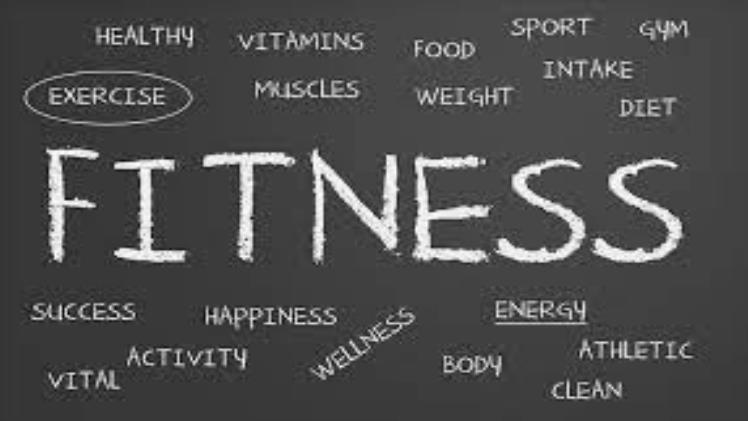What Is Fitness?

Fitness is the ability to perform everyday tasks without feeling undue fatigue or muscle weakness. It consists of cardiovascular endurance, muscular strength and flexibility as well as body composition which can be measured through a physical fitness test.
Enhancing your fitness level can greatly benefit your overall wellbeing, lower the risk of certain diseases and stop illness from recurring. It also assists in managing weight and decreasing chronic conditions like heart disease or type 2 diabetes.
According to the American Council on Exercise (ACE), your fitness level is determined by your capacity for moving and performing physical activities efficiently and safely. This is often referred to as your “metabolic fitness.” It plays a significant role in predicting whether you are at risk for obesity or other health conditions.
Fitting exercise into your daily life can be challenging, but don’t sacrifice your health to find time for it. Start small and gradually increase your activity levels.
Make the most out of your workout by selecting activities that target all parts of your body. Doing this will maximize the benefits from each workout and keep your system in top condition.
Build muscles with resistance exercises like squats or push-ups. Doing so will help increase your muscle size and shape, improving balance and decreasing the risk of injury.
Cardiorespiratory training is an integral component of any fitness program and can be accomplished through various physical activities like running or swimming. This type of activity increases your cardiovascular system’s capacity to absorb oxygen and builds stamina – both essential for long-distance running.
Aerobic training can take many forms, such as walking, jogging, cycling and swimming. To start with low impact activities like walking or jogging and gradually increase distance and intensity of your workout over time with help from a personal trainer, gym membership or mobile app program.
Stretching and flexibility are important elements of fitness. These exercises should be performed regularly to maintain your flexibility, as well as to prevent injuries.
Building Muscle: Muscles are elongated tissue cells containing actin and myosin, two contractile proteins that give them their strength. The bigger and stronger a muscle is, the greater its ability to generate force.
Generally, the more you exercise your muscles, the stronger they will become due to changes in their underlying structure.
Your strength can be measured by the amount of force you can apply to an object with minimal effort, such as lifting a heavy bag or pushing a shopping cart. Alternatively, you can assess your overall muscle mass.
Your muscles are composed of fibers, some white and others red, that contract in different patterns to produce strength. Fast twitch fibers are utilized during sprints or high-intensity exercises while slow twitch fibers provide endurance work and are found mainly in core muscles.